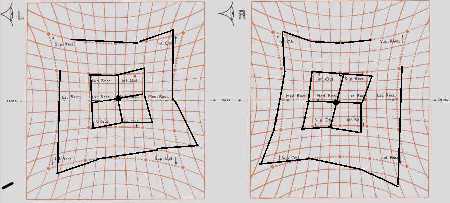 |
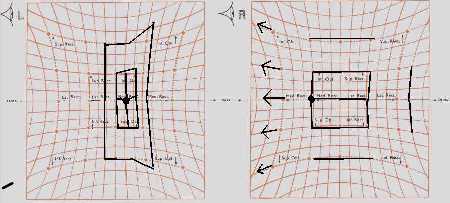 |
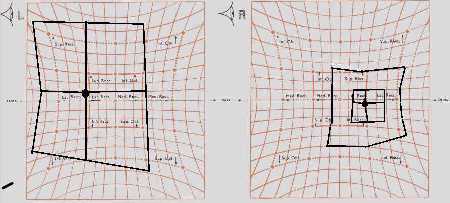 |
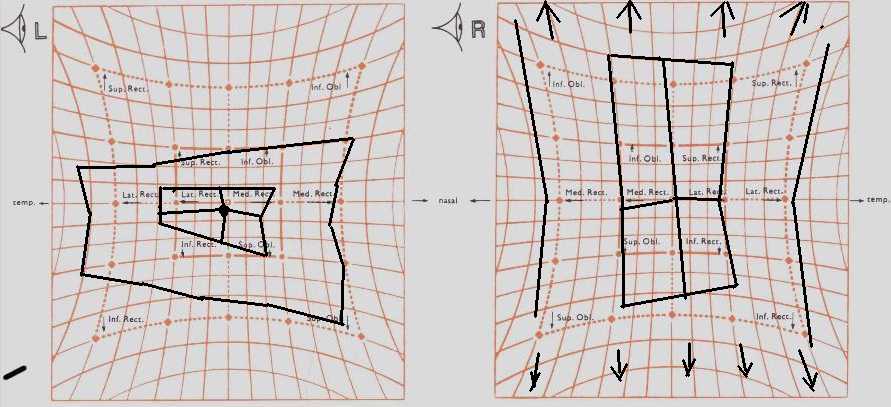 |
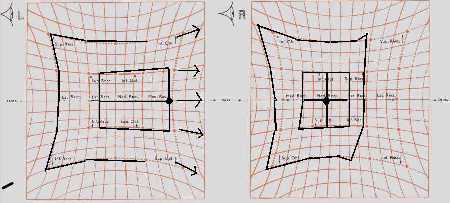 |
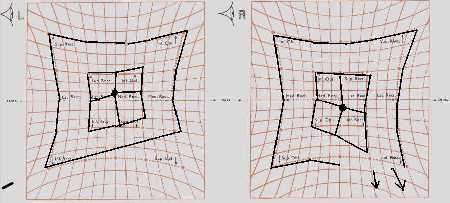 |
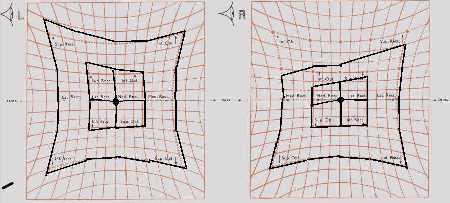 |
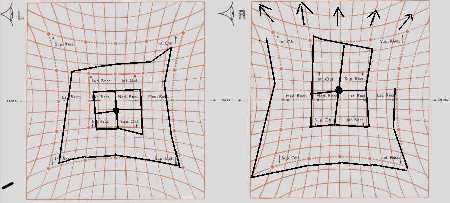 |
| Common Hess Charts in OSE
and Final MRCOphth |
|||||||||
The following Hess charts are the most commonly encountered in the examination.
The following steps are useful in interpreting a Hess chart: |
| Click on the following pictures to test your understanding of Hess chart. |
 |
 |
 |
 |
 |
 |
 |
 |
| Return to Hess Chart main page |